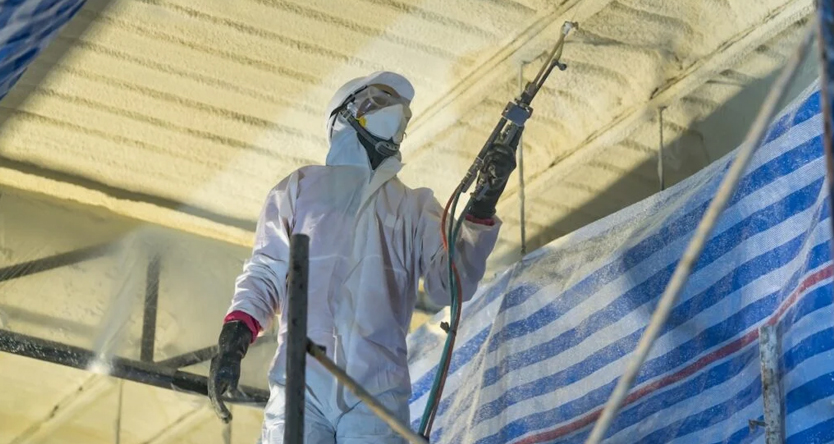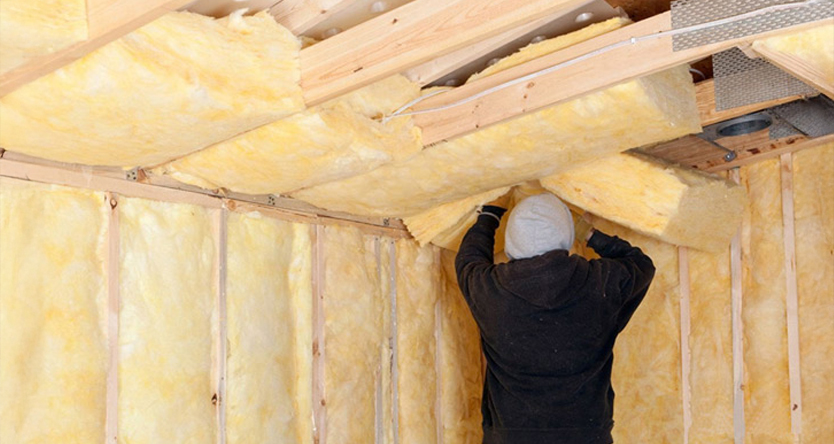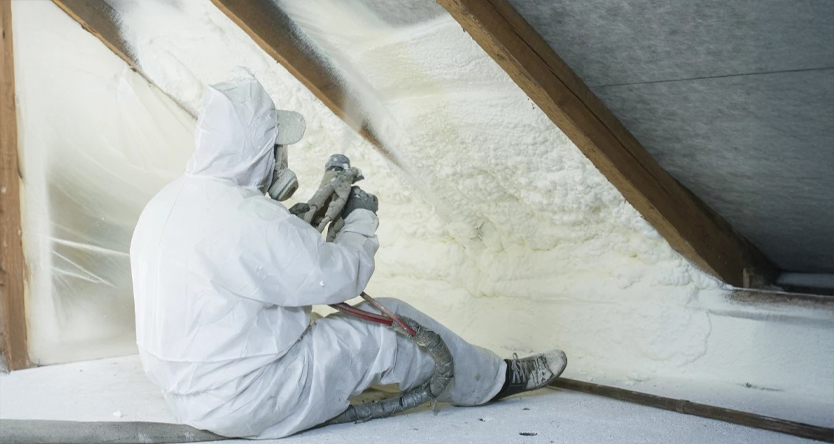When it comes to improving the comfort and energy efficiency of a home, underfloor insulation is often high on the list.
It helps keep floors warmer in winter and cooler in summer, all while reducing energy bills. But how that insulation is installed makes a big difference—and not every method is as reliable as it might seem.
One common approach some people use is a packing strap. It sounds convenient, maybe even cost-effective at first.
But there are hidden risks that can show up down the line. This blog takes a closer look at those risks and explains why professional solutions often save more in the long run.
1. What Is A Packing Strap And Why Is It Used?
A Quick Look At What a Packing Strap Does:- A packing strap, often made of plastic or metal, is used to hold insulation batts or rolls in place between floor joists. It’s typically stapled or nailed across the joists to keep insulation from falling. Some DIYers or even low-budget installers turn to this method because it seems simple, cheap, and fast.
But There’s A Catch:- Just because something is easy doesn’t mean it’s the right way to do the job. Especially in insulation work, shortcuts can lead to serious problems later on.
A. Poor Long-Term Durability
Plastic Breaks Down Over Time:- Plastic strapping might seem strong at first, but over time, exposure to temperature changes, moisture, and even pests can weaken it. It may become brittle, sag, or snap altogether. This is particularly true in homes where ventilation beneath the floor isn’t ideal.
Metal Doesn’t Fare Much Better:- Metal straps can start to rust over time, especially in damp spaces where there’s little protection or treatment. Once rust sets in, the strapping becomes weak and can fail to hold the insulation securely.
Real-World Consequence:- Once the strap gives way, the insulation can start sagging or even drop out entirely. That leads to poor performance, uneven coverage, and money down the drain.
B. Risk Of Incomplete Insulation Coverage
Gaps = Inefficiency:- Insulation works best when it’s installed snugly and continuously. Packing straps don’t offer full support, especially when used sparsely or spaced too far apart. This leads to uneven insulation, leaving gaps between batts that reduce their thermal performance.
A Waste Of Money And Effort:- No one wants to invest in insulation only to find that parts of the floor are still cold in winter. Unfortunately, that’s exactly what happens when strapping doesn’t hold everything firmly in place.
C. Safety Hazards
Falling Insulation Is A Real Danger:- If insulation batts fall due to failed strapping, they can land on pipes, electrical wiring, or simply clutter the crawl space, making access more difficult and potentially causing damage. Not only is it frustrating, but it can also become a fire hazard or affect plumbing and electrical systems.
A Concern For Future Inspections:- If a professional has to access the space under your home for future repairs or pest control, loose insulation can slow them down or create safety risks.
D. Pest And Moisture Problems
Rodents Love Loose Insulation: When insulation isn’t held securely, it creates inviting gaps for rodents to crawl into, nest, or tunnel through. Once they get in, they can damage the insulation further and even chew through important parts of your home’s structure.
Trapped Moisture Leads To Mould:- If insulation sags or bunches up due to weak strapping, it can trap moisture. When insulation traps moisture, it encourages mould growth, which not only affects the air you breathe but can also result in costly damage over time.
E. It Doesn’t Meet Professional Standards
Cutting Corners Doesn’t Pay:- Packing strap might be cheaper upfront, but it rarely meets the standards that professional insulation installers aim for. Using substandard methods can reduce your home’s energy efficiency rating and affect the resale value, too.
Inspections And Certifications:- Some government rebate programs or compliance checks may not approve insulation that isn’t securely and properly installed. This could mean missing out on financial benefits or needing to redo the job.
F. Makes Maintenance A Hassle
Strapping Gets In The Way:- Let’s say you need to check pipes or wiring in the future. When packing straps are crisscrossed beneath the floor, they can make access difficult and often disturb the insulation during removal or adjustment. This adds time and cost to any maintenance job under the floor.
Permanent? Not really.:- Some people think a packing strap is a semi-permanent solution, but that’s rarely the case. Once it’s been cut, damaged, or moved, it often needs to be replaced entirely.
2. Why A Professional Installation Is Worth It?
Trusted Techniques Last Longer:- Instead of strapping, professional underfloor insulation installers use proven methods like insulation saddles, support wires, or friction-fit systems. These are designed to last and to work with different home designs and conditions.
Tailored Solutions For Each Home:- Not every house is the same. Whether you have wide joists, tricky corners, or high humidity under your floor, a professional knows how to install insulation that stays effective and safe.
If you’re searching for reliable underfloor insulation installers, residents trust, it’s always best to go with experience rather than cut corners. A proper job now means fewer headaches later on.
Conclusion
Using a packing strap in underfloor insulation might seem like a handy fix at first, but it comes with serious risks—sagging insulation, safety issues, pest problems, and poor energy efficiency.
It’s worth working with trained insulation installers in Melbourne; homeowners can rely on those who use strong, secure methods and offer tailored advice for their home.
At AA Insulation, we’ve seen firsthand how relying on packing straps in underfloor insulation can lead to long-term issues like sagging, rust, and reduced efficiency.
While it may seem like a quick fix, the hidden risks often cost more over time. That’s why we use proper insulation support systems designed for lasting performance and safety.
Our goal is to deliver solutions that work, not shortcuts.





